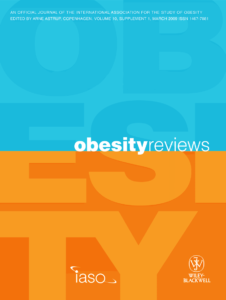The International Chair on Cardiometabolic Risk put together a panel of experts in obesity identification/management and obesity-related epidemiology. The panel reviewed the literature in order to evaluate what influence the various measurement protocols have on the relationship of waist circumference to: 1. morbidity from cardiovascular disease (CVD) and type 2 diabetes, 2. mortality from all causes and from CVD. Despite the recommendation that waist circumference should be a routine measure in clinical practice to help identify high-risk, abdominally obese patients, there is no consensus on an optimal measurement protocol. Furthermore, though leading authorities, specifically the World Health Organization (WHO) and the National Institutes of Health (NIH), provide measurement protocols in order to assess waist circumference, there is no scientific rationale for any of the measurement protocols they recommend. Accordingly, the panel performed a systematic review of 120 studies reporting data on 236 samples.
The panel found that waist circumference measurement protocol has no significant influence on the association between waist circumference and morbidity or mortality. Based on practical considerations intended to encourage both the general public and health professionals to adopt reliable measures of waist circumference, the panel recommended that either the WHO or NIH protocols be recognized as optimal measurement protocols since both are based on bony landmarks. The NIH’s straightforward protocol might be more readily adopted by primary care physicians and might facilitate self-measurement by the general public because it uses only the top of the iliac crest as the reference point. The panel also noted that the sole reason to choose the more complex WHO protocol is because currently accepted waist circumference threshold values used to determine health risk are based on WHO guidelines. Future investigations should confirm that differences in absolute waist circumference measures between the protocols are minimal across race and sex and that the NIH procedure should be the preferred protocol. In conjunction with the expert panel, Professor Robert Ross, a member of the Chair’s academic board, wrote a paper describing the work of the committee and the consensus it reached. The paper is published in the current issue of Obesity Reviews (Volume 9). We thought it was important to tell our site visitors about this new Chair publication so that they can be among the first to read the valuable information it contains.
